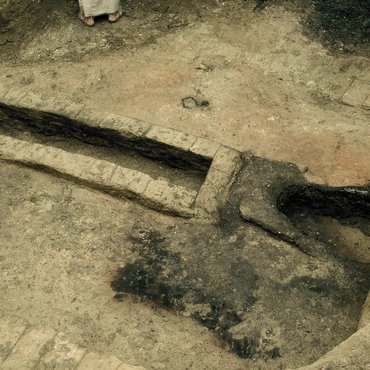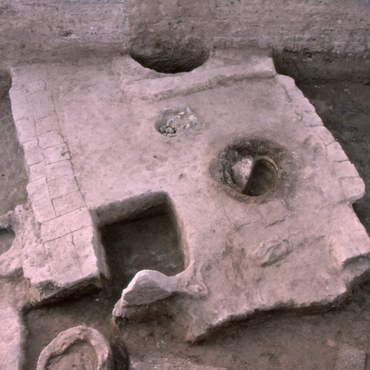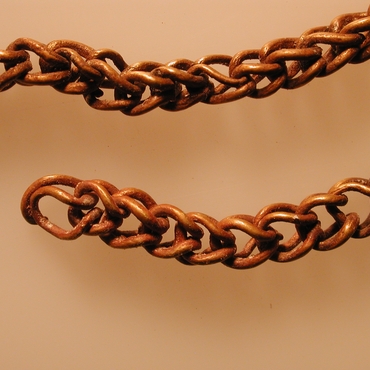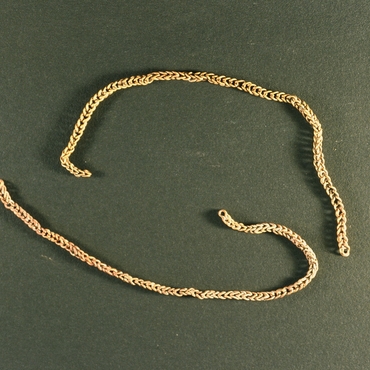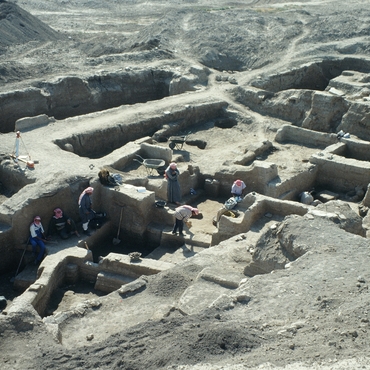
- Home
- Explore the site
- The history of Mari
- The early city
The first city of Mari was built on virgin terrain at the start of the 3rd millennium. Radiocarbon (14C) and thermoluminescence analyses and material remains date the site to about 2950-2600 BCE. It was only possible to excavate a small section of City using fifteen or so test pits that revealed extensive craft production facilities.
Firepits: pottery and metallurgy
Alongside pottery kilns or ovens for cooking, the most spectacular finds are firepits in which carbon and fat residues suggest intense metallurgical activity, confirmed by tuyere fragments, crucible shards, slag pits and copper fragments, and weapons found in mud-brick tombs. Archaeometric analyses have revealed that both ore and ingots were treated in the primary smelting process: Mari was a major centre of copper/bronze production at this time, importing raw materials from Anatolia. Manufactured goods were probably then sold in South Mesopotamia. Mari's craftsmen also worked gold, as evidenced by a small chain known as a “simple square”.
Two wheel prints
Prints made by two disc wheels were found near a cartwright’s tools. These are the oldest archaeological evidence in the Syro-Mesopotamian basin of this major invention, the origin of which – Mesopotamia or Central Asia – is still the subject of debate.

